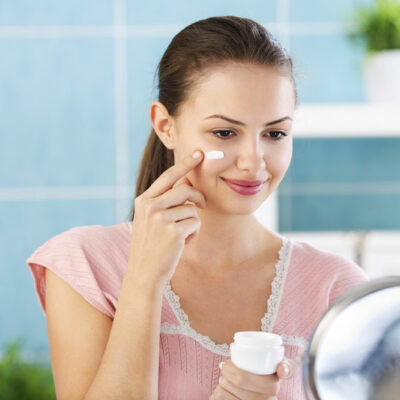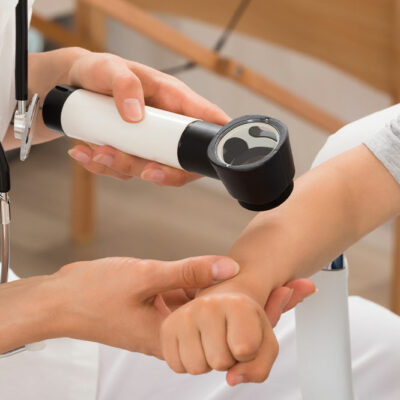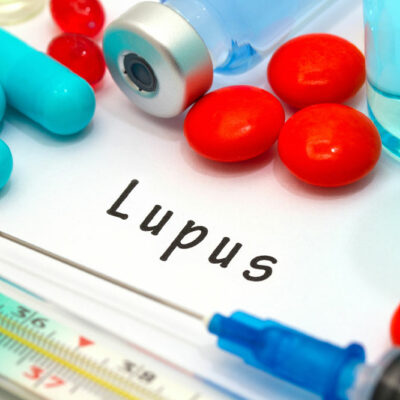
health
8 early and noticeable signs of lupus
Lupus is an autoimmune disorder that causes the immune system to attack its healthy cells mistakenly. It mainly triggers inflammation that affects vital organs and functions and increases the risk of several health complications that develop. The condition has no cure, but it is possible to manage it with healthy lifestyle changes, nutrition, and treatment. Knowing these early signs and symptoms is the key to early diagnosis and treatment. Unexplained fatigue Feeling extremely tired despite getting good rest can be an early sign of developing lupus. Some people sleep in the afternoon to try and counter daytime fatigue but only develop insomnia at night. Fatigue, if left unchecked, interrupts daily routine and becomes difficult to overcome after a point. Developing a new rash A butterfly rash developing across both cheeks starting right from the center of the face symmetrically is another early warning sign of lupus. Some people develop a severe rash that is bright red. It looks prominent and has scaly patches. Increased skin sensitivity People who develop lupus will also struggle with increased skin sensitivity, especially when exposed outdoors to the sun. In addition, UVA and UVB radiation triggers severe sunburn and causes skin symptoms to flare up with minor exposure.




















